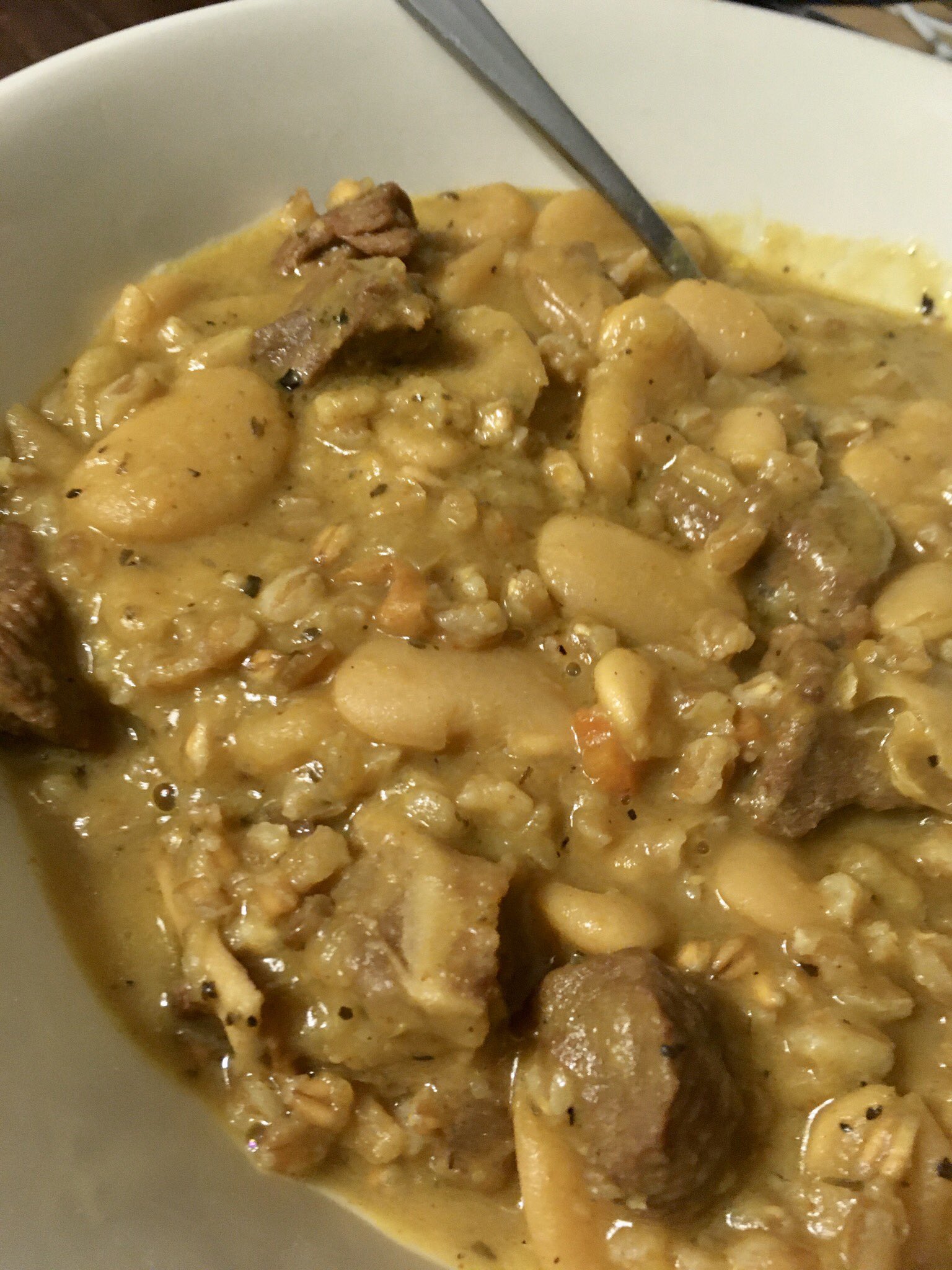On Friday, April 2nd, I ended up being the farthest from my house in over a year to get my Johnson and Johnson vaccine. It was only two and a half miles but was the longest walk in one direction to go somewhere.
Vaccine Location and How I Got There
The vaccine location was the old Pier 1 Imports on Route 1 (Potomac Yard Center) near the old Shoppers.
I took the back way there along the walking path near the train and metro tracks. It is a nice, fairly quiet walk, even on a windy day, at least with the wind in my face.
Stopped to Shop Before
I got near the location with about 25 minutes to go. So I stopped at Target to see if they had Kewpie Mayo. I went to the condiments section looking for it and could not find it. I did find some dijon mustard and honey mustard to use as part of a salad dressing.
Start the Process
Once done shopping at Target, I walked over to sign in for my vaccine. They asked first if I had an appointment which I did. After that asked if I had a QR code application on my phone to get to the sign-in forms. Because I didn’t, so I had to use their iPad with the heavy-duty cases and a double battery. Attempting to fill out the form holding it with one hand while using the stylus. This combination made it heavy and to hold while working through many form screens.
The other hard part was it was cold out, and my glasses kept fogging up and making it hard to read the options.
After filling out the four-plus screens’ worth of information, I had to wait for the acceptance to send me an e-mail. Once the e-mail showed up, I showed it to the person near the door. They checked it and had me move along the line, following the dots on the ground, which were at least six feet apart.
Entering the Building
When I go to the door, they took my temperature. I told them my temperature might be high because of walking there. The person told me it would be between 92 F and 93 F. My temperature ended being 91.3 F. Which the person said I should be dead. I also thought my temperature was to be 98.6 F. At least they know their temperature device was off by so many degrees.
Next, I followed the dots until I got the registration table. After finding my name on the list, they gave me a post-it note to give to the person giving me the vaccine.
Time for My Vaccine
Then it was more following the person in front of me until there was a person available to give me my vaccine. The person had me fill out my card with my name, etc., while asking which arm I wanted my shot in.
I told them I would like it in my right arm since I sleep on my left side, which they thought was good thinking on my part.
I told them once I got done after my 15-minute waiting period I was going to stop at Staples to get my vaccine card laminated. I wanted to protect it because the Johnson and Johnson vaccine is one and done.
15-Minute Wait
The person giving me my vaccine informed me that Staples was laminating cards for free. So after my 15 minutes of sitting and waiting to make sure I did not have an adverse reaction to the shot.
So I walked down to Staples and waited until it was my turn in line. I then handed the person by the counter my vaccine card to get laminated. They took my card and looked at me like they had done so many already. On their way to laminate my card, they stopped to do a few other things. Once they got back with my card, I asked how much it was, and they said it was free. So I left them a five-dollar bill on the counter, which seemed to make them a bit happier.
More Grocery Shopping on My Way Home
After leaving Staples, I stopped at the Giant to see if they had Kewpie Mayo there too. They did not but picked up a few other items since I hadn’t been to a Giant in a few years.
Then I continued walking home and stopped for my typical Aldi’s trip for groceries. I figured I should do my shopping if I didn’t feel well later that day or the following few days.
Made It Home
Once I got home, I put away my groceries then had a large lunch before I could take a nap. I attempted to lay in bed to nap for about 40 minutes before hearing the kids in the neighborhood playing basketball in the street. So I at least got to rest some.
I had another large dinner, watched some videos, etc., and went to bed early to get some extra sleep.
So now, a few days later, I’m feeling fine and didn’t even get any superpowers.
Here is to the Future
Here’s to everyone getting vaccinated, and things can get back to a bit more normal.
My plan is, after the four-week waiting period to have the vaccine take full effect, to look at rental car prices. The plan is to drive to no particular place but get out of the house and into the country.
I also looked into AirBnB places in the country within an hour of my house. I found a few log cabins, another cabin or two, one place that had both a hot tub and a sauna, etc. All of them I looked at had wifi so I could at least watch movies, videos, etc. if I wanted to.
So here’s to waiting a few more weeks to get out of town for a few days.


